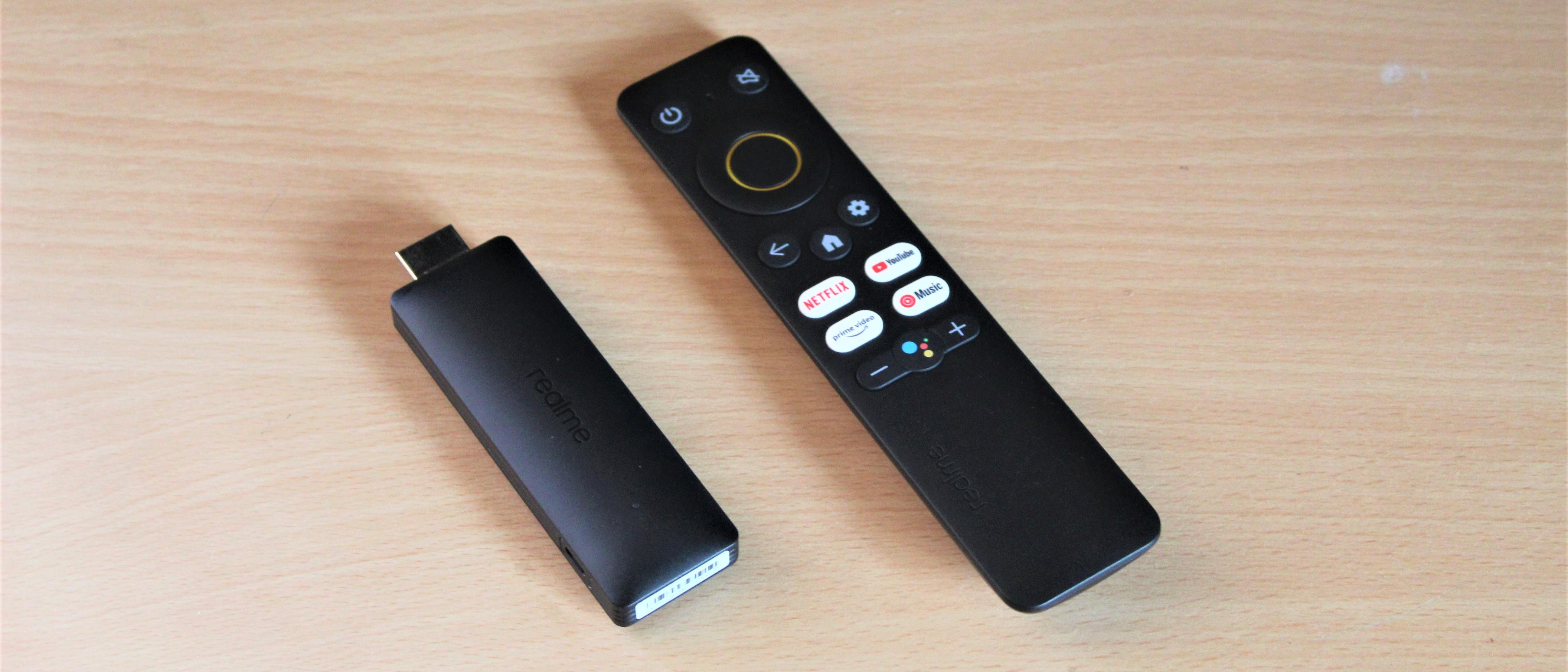Smart TV Stick Market Evolution Driven by Technology Innovation and Consumer Viewing Preferences

The Smart TV Stick market has witnessed remarkable growth in recent years, transforming the way consumers access and stream digital content. These compact, plug-and-play devices have revolutionized home entertainment by turning any standard television with an HDMI port into a smart, connected device. With the proliferation of over-the-top (OTT) platforms like Netflix, Amazon Prime Video, Disney+, and YouTube, smart TV sticks have become essential tools in modern households.
Market Growth Drivers
One of the primary factors driving the smart TV stick market is the increasing demand for affordable smart entertainment solutions. Not every consumer is ready to invest in a full-fledged smart TV, especially when a simple TV stick can offer similar streaming capabilities at a fraction of the cost. This affordability makes smart TV sticks an attractive choice for budget-conscious users.
The rising penetration of high-speed internet and the expansion of 5G services in many regions have further fueled the growth of this market. Streaming HD and 4K content is more accessible than ever, increasing the utility and value of smart TV sticks. Additionally, growing digital literacy and a shift in consumer behavior toward on-demand content consumption have bolstered demand.
Technological Advancements
Over the years, smart TV sticks have evolved significantly. Today’s models support voice assistants, 4K streaming, Dolby Vision, HDR10+, and even gaming capabilities. Companies like Amazon (with Fire TV Stick), Google (Chromecast), Roku, and Xiaomi have led the innovation curve, continuously enhancing user experience and interface.
Integration with voice-controlled AI like Alexa, Google Assistant, and Siri makes content discovery easier and adds a layer of convenience. Moreover, with support for casting, screen mirroring, and smart home integration, smart TV sticks have become more than just entertainment devices.
Competitive Landscape
The market is highly competitive, with both global giants and regional players vying for dominance. Amazon’s Fire TV Stick remains one of the most popular products globally, especially in North America and parts of Europe. Google’s Chromecast is another major player, often preferred for its seamless integration with other Google services.
Roku dominates the North American market with its intuitive user interface and vast content library. Meanwhile, brands like Xiaomi and Realme are gaining momentum in price-sensitive markets such as India and Southeast Asia due to their low-cost, feature-rich offerings.
Regional Trends
The demand for smart TV sticks varies by region. North America and Europe represent mature markets with high adoption rates due to better infrastructure and disposable incomes. In contrast, Asia-Pacific and Latin America are emerging as lucrative markets due to the expanding middle class and increased digital connectivity.
India, in particular, has seen a surge in smart TV stick adoption. With a massive smartphone user base and growing internet penetration, consumers are looking to replicate mobile experiences on larger screens. Local content availability and multilingual interfaces also contribute to their popularity in such regions.
Challenges and Opportunities
Despite its rapid growth, the smart TV stick market faces challenges. Piracy, data privacy concerns, and compatibility issues with older television sets are some hurdles. Additionally, intense price competition can sometimes lead to thin profit margins for manufacturers.
However, the market offers vast opportunities, particularly in B2B applications like digital signage, education, and hospitality. As more hotels and businesses adopt smart sticks for streaming and interactive content, new avenues for growth emerge.
There is also scope for AI-driven personalization, where content recommendations and user interfaces adapt to viewing patterns. Moreover, integrating features like cloud gaming, fitness apps, and smart home dashboards can enhance functionality, positioning smart TV sticks as multipurpose digital hubs.
Future Outlook
The future of the smart TV stick market looks promising. As 5G becomes mainstream, and streaming services continue to expand their global footprints, these devices will play an even more integral role in content consumption. Expect smaller, faster, and more powerful devices with better security, seamless updates, and enhanced interactivity.
Additionally, manufacturers may increasingly shift toward sustainable product designs, using recyclable materials and energy-efficient hardware in response to growing environmental concerns.
In conclusion, smart TV sticks represent a convergence of affordability, innovation, and convenience, making them a staple in the connected home ecosystem. With evolving consumer expectations and rapid technological advancement, the smart TV stick market is poised for sustained growth in the coming decade.
- Art
- Causes
- Crafts
- Dance
- Drinks
- Film
- Fitness
- Food
- Games
- Gardening
- Health
- Home
- Literature
- Music
- Networking
- Other
- Party
- Religion
- Shopping
- Sports
- Theater
- Wellness


